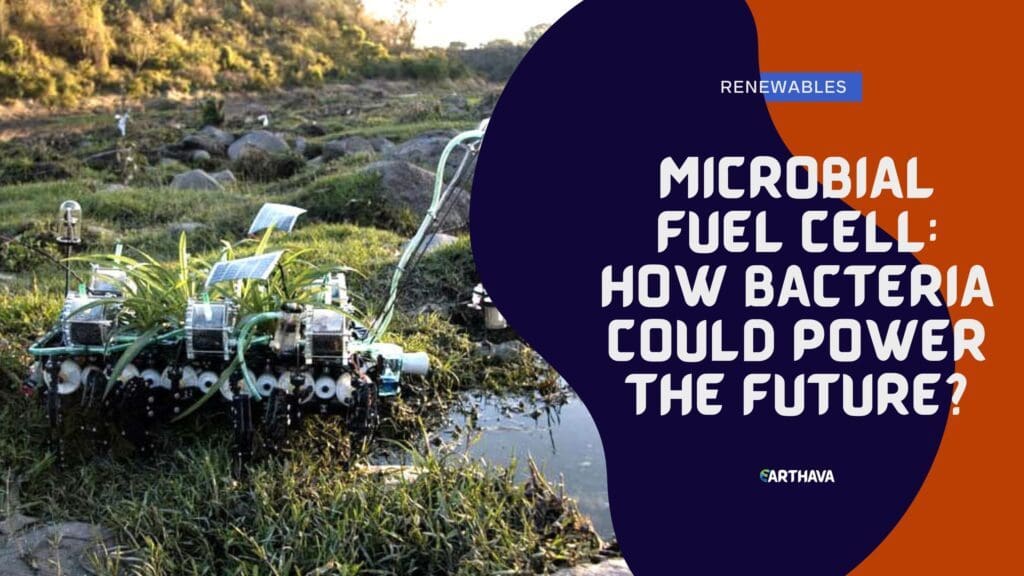Bacteria have a bad reputation. Millions of dollars are made every year on antibacterial soaps and hand sanitizers to keep bacteria at bay. No one seems to like bacteria very much, but these little microscopic organisms could change the way we power the future, with the creation of a solar-powered battery that gets its charge from those little bacterium.

What Are Microbial Fuel Cells?
Bacterial batteries, better known as microbial fuel cells, utilize bacteria to create electricity. These bacteria consume organic fuel. As the bacteria eat, the battery separates electrons from the waste molecules. These electrons are combined with protons, and the combination of these molecules completes the circuit and creates power.
Early versions of these batteries relied heavily on mediator chemicals to ensure the molecular combination, but these were often toxic. Removing these chemicals made the fuel cells safer and more sustainable in the long run.
What Do Microbial Fuel Cells Eat?
What sort of food can these fuel cells eat? The answer to that question is the reason these bacteria-powered batteries could change the way we power the world.
Microbial fuel cell can feed on any organic waste. One of the most exciting examples pairs these fuel cells with wastewater treatment plants. The bacteria can feed on the organic materials in the wastewater, purifying the water and producing electricity all at once.
What Could Microbial Fuel Cells Be Used For?
Beyond the possible application at wastewater treatment plants, these fuel cells could be used in a variety of applications.
Currently, implantable devices like pacemakers that require battery power have to be surgically replaced every few years. One study found that a microbial fuel cell, placed in the human large intestine, could be used to power these devices. The fuel cell would feed on the organic waste already present in the large intestine, and could potentially eliminate the need for repeated replacement surgeries.
These cells could also be used to create biological solar panels. By using a common bacteria such as cyanobacteria, which is found in nearly every habitat across the globe, there is no danger of upsetting any ecosystem by removing too much of an essential bacteria. By using a combination of waste-consuming and photosynthetic materials, a solar panel powered by bacteria could easily produce more power than a traditional panel.
In another water-related application, these fuel cells could be used to monitor the quality of groundwater. By inserting the fuel cells into groundwater in various locations and reading the power produced by each, water monitoring programs could determine if there is any waste in the groundwater that should be addressed before it is piped into homes or businesses.
Are There Any Risks Associated With Microbial Fuel Cells?
These self-sustaining fuel cells have very few risks, and the biggest of those come from maintaining the system itself. The trick is finding the optimum amount of bacteria to produce energy. Excessive bacterial growth, for example, has the risk of starving and eventually killing the entire bacterial colony. While it can be easily renewed, the idea is to create a self-sustaining system that doesn’t require constant refreshing but still produces power.
The only other identifiable risk thus far involves large-scale testing. These fuel cells haven’t been tested on a commercial scale yet, and it’s difficult to determine the efficacy of this new power source in large-scale applications. The cost of materials must also be considered — high-cost materials could negate the benefits monetary benefits of such a system.
With fossil fuels slowly running out, we’re always looking for new ways to create sustainable energy. While microbial fuel cells are still in their infancy, they could potentially change the way we produce energy, purify wastewater and give back to the planet.


